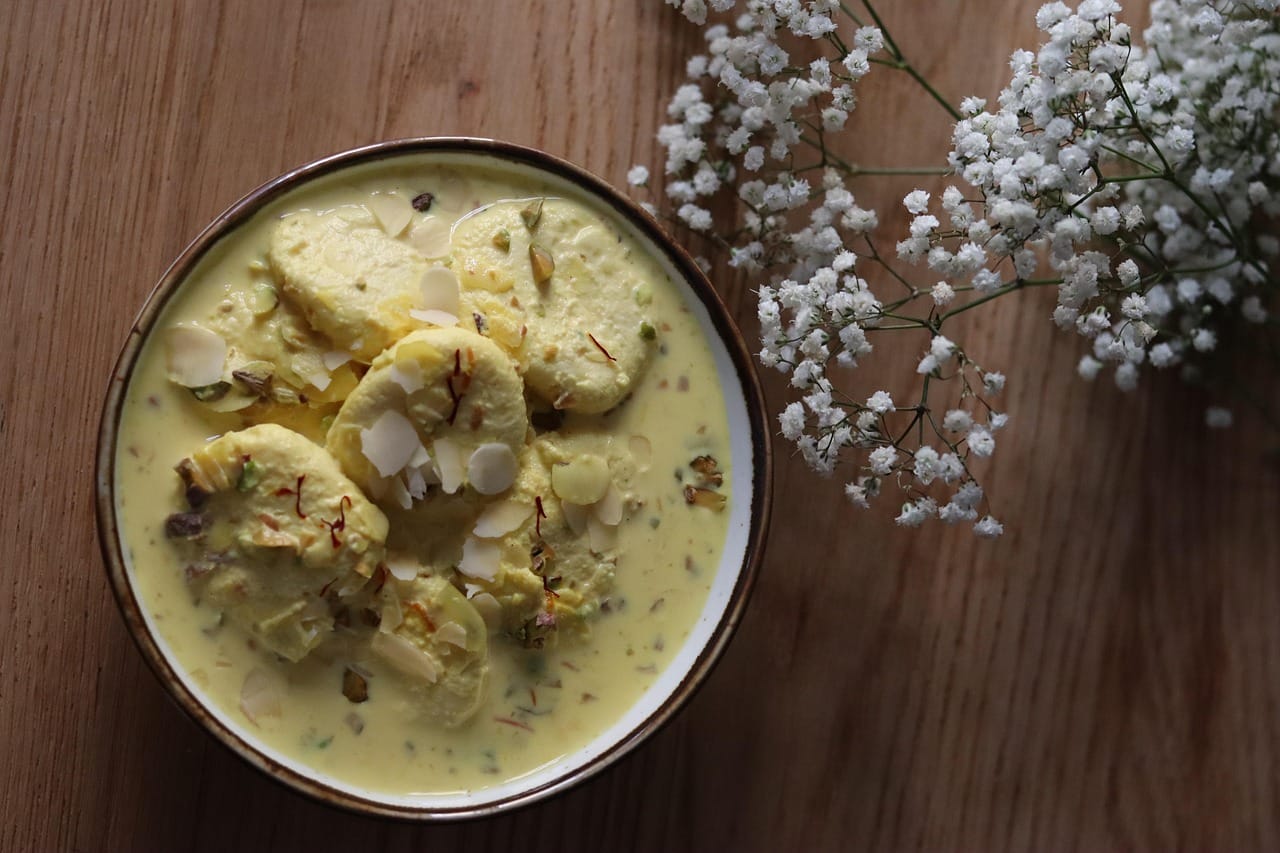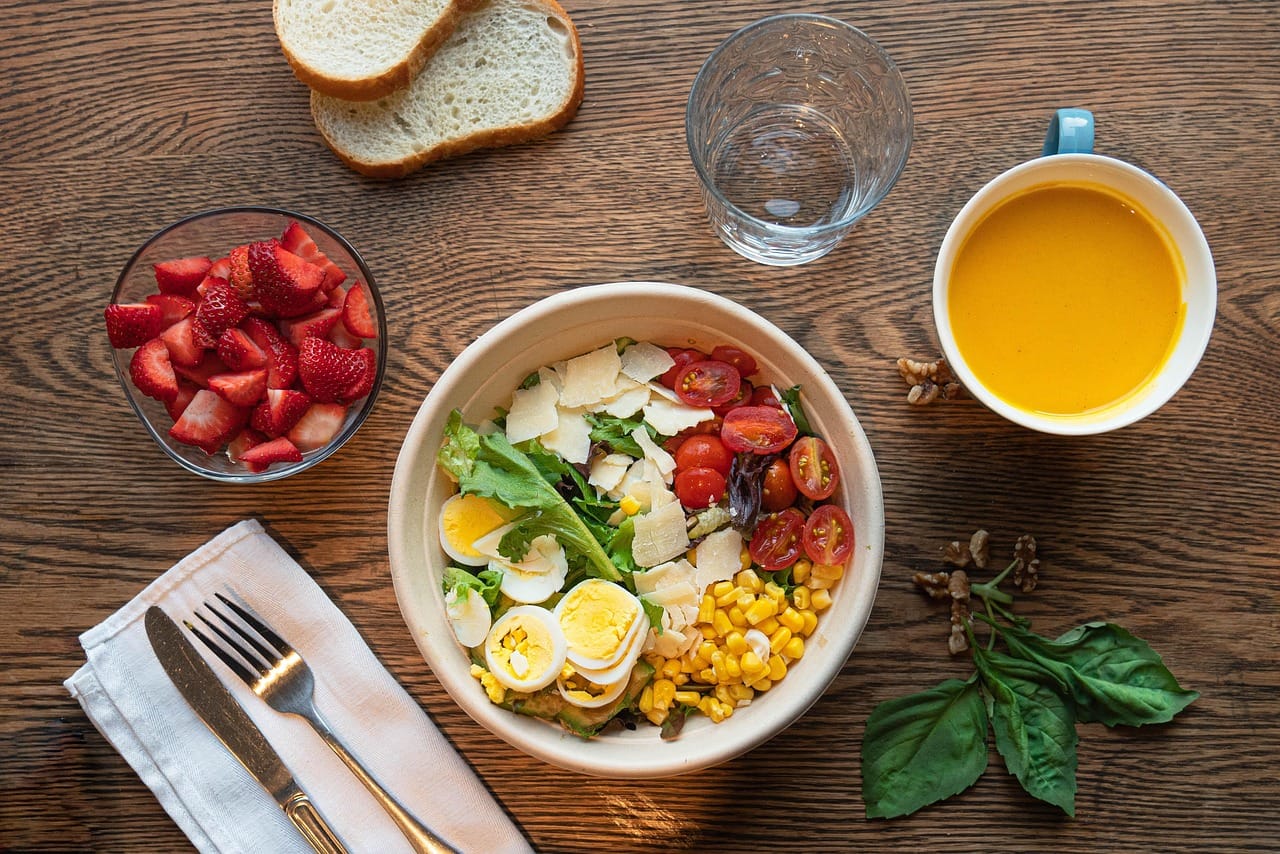Imagine biting into a perfectly baked cookie, its crisp edge giving way to a soft, chewy center, all topped with a smooth, sweet layer of frosting that melts in your mouth. Frosted cookies aren’t just a treat; they’re an experience. From holiday gatherings to simple afternoon snacks, these delightful creations bring joy and a touch of artistry to any occasion. This guide explores everything you need to know about frosted cookies, from their history and variations to baking tips and decorating techniques. Get ready to elevate your cookie game!
The Enduring Appeal of Frosted Cookies
Frosted cookies have a universal appeal, transcending cultures and generations. They evoke feelings of nostalgia, celebration, and simple pleasures. What makes these cookies so irresistible?
A History of Sweetness
- The history of cookies dates back centuries, with early forms appearing in ancient Persia. However, the concept of frosted cookies as we know them is more recent.
- The rise of readily available sugar and refined flour in the 18th and 19th centuries made cookie baking more accessible.
- The Victorian era saw the emergence of elaborate baking and decorating, leading to the frosted cookie becoming a status symbol.
Why We Love Them
- Visual Appeal: Frosted cookies are visually stunning. The vibrant colors and intricate designs capture our attention and make them perfect for gifting and display.
- Flavor Combination: The combination of the cookie base and the frosting creates a delightful textural and flavor experience.
- Customization: The possibilities for customization are endless. You can choose different cookie flavors, frosting types, colors, and decorations to suit any occasion.
Frosted Cookies: A Global Treat
- While popular in Western cultures, frosted cookies have variations worldwide.
- In some countries, different spices and flavorings are added to the dough or frosting, reflecting local culinary traditions.
- Whether it’s gingerbread cookies in Germany or shortbread cookies in Scotland, the concept of a decorated cookie is universally loved.
Types of Frosted Cookies: A Delicious Variety
The world of frosted cookies is diverse and flavorful, offering a wide range of options to suit every taste and occasion.
Sugar Cookies: The Classic Choice
- Sugar cookies are the quintessential frosted cookie. Their simple, buttery flavor provides a blank canvas for elaborate decorations.
- Recipe Tip: Use chilled dough for easy handling and to prevent spreading during baking.
- Decoration Ideas: Royal icing is a popular choice for sugar cookies, allowing for detailed designs and vibrant colors.
Gingerbread Cookies: Festive and Flavorful
- Gingerbread cookies are a holiday staple, known for their warm spices and distinctive shape.
- Spice Blend: A classic gingerbread spice blend includes cinnamon, ginger, cloves, and nutmeg.
- Icing Options: Royal icing, buttercream, and even a simple glaze can be used to decorate gingerbread cookies. Consider adding edible glitter for extra sparkle.
Shortbread Cookies: Rich and Buttery Delights
- Shortbread cookies, with their high butter content, offer a crumbly and rich texture that pairs well with simple frostings.
- Frosting Pairings: A lemon glaze or a light buttercream frosting complements the buttery flavor of shortbread cookies.
- Decoration Ideas: Use stencils to create elegant patterns on shortbread cookies with powdered sugar or cocoa powder.
Chocolate Cookies: Indulgent and Decadent
- Chocolate cookies offer a richer and more decadent base for frosting. From classic chocolate chip to deep dark chocolate, the options are endless.
- Frosting Options: Chocolate buttercream, vanilla buttercream, and even a peanut butter frosting work well with chocolate cookies.
- Decoration Ideas: Use chocolate ganache for a glossy finish or sprinkle with chocolate shavings for added texture.
Mastering the Art of Cookie Baking
Baking perfect cookies is the foundation for creating stunning frosted cookies. Attention to detail and a few key techniques can make all the difference.
Essential Ingredients and Equipment
- Flour: Use all-purpose flour for most cookie recipes, unless specified otherwise.
- Butter: Use unsalted butter for better control over the salt content.
- Sugar: Granulated sugar, brown sugar, and powdered sugar each contribute different textures and flavors.
- Eggs: Use large eggs for consistent results.
- Baking Sheets: Use light-colored baking sheets to prevent over-browning.
- Parchment Paper: Line baking sheets with parchment paper for easy cleanup and even baking.
Baking Techniques for Perfect Cookies
- Creaming Butter and Sugar: Properly creaming the butter and sugar creates air pockets that result in a light and fluffy cookie.
- Chilling the Dough: Chilling cookie dough prevents spreading and allows the flavors to meld together.
- Baking Time and Temperature: Follow the recipe instructions carefully and monitor the cookies closely to prevent burning.
- Cooling Rack: Allow cookies to cool completely on a wire rack before frosting.
Troubleshooting Common Cookie Problems
- Cookies Spreading Too Much: Chill the dough longer, use less butter, or add more flour.
- Cookies Being Too Dry: Use more butter or add a tablespoon of milk or sour cream to the dough.
- Cookies Burning on the Bottom: Use a lower oven temperature or place a baking sheet on the rack below to deflect heat.
Frosting and Decorating: Bringing Your Cookies to Life
The frosting and decorating stage is where you can truly unleash your creativity and transform simple cookies into works of art.
Royal Icing: The Decorator’s Choice
- Royal icing is made from powdered sugar, egg whites (or meringue powder), and water.
- Consistency is Key: Adjust the consistency of the icing for different decorating techniques.
Outlining Consistency: A thicker consistency for creating borders and preventing colors from bleeding.
Flooding Consistency: A thinner consistency for filling in large areas.
- Coloring Techniques: Use gel food coloring for vibrant and consistent colors.
Buttercream Frosting: Creamy and Delicious
- Buttercream frosting is made from butter, powdered sugar, and milk or cream.
- Types of Buttercream: American buttercream, Swiss meringue buttercream, and Italian meringue buttercream offer different textures and sweetness levels.
- Flavoring Options: Add extracts, fruit purees, or melted chocolate to customize the flavor of your buttercream.
Decorating Techniques
- Piping: Use piping bags and tips to create intricate designs, borders, and lettering.
- Stenciling: Use stencils to create elegant patterns on cookies with powdered sugar, cocoa powder, or royal icing.
- Sprinkles and Edible Glitter: Add sprinkles, edible glitter, and other embellishments to create a festive look.
- Hand Painting: Use food-safe paints and brushes to create detailed illustrations on your cookies.
Conclusion
Frosted cookies are more than just a sweet treat; they are a symbol of celebration, creativity, and connection. Whether you’re a seasoned baker or just starting out, mastering the art of making and decorating frosted cookies can bring joy and satisfaction to both you and those you share them with. So, grab your ingredients, unleash your imagination, and start creating some delicious memories!




